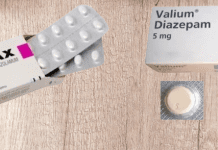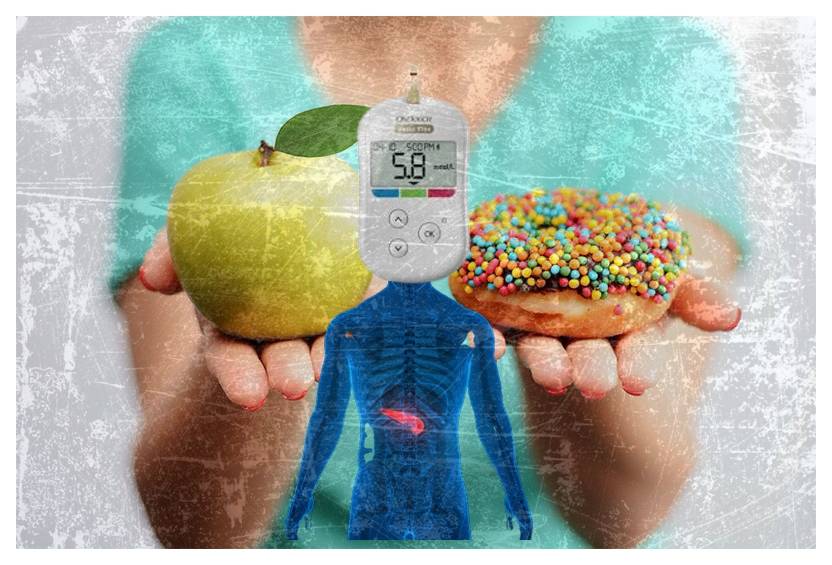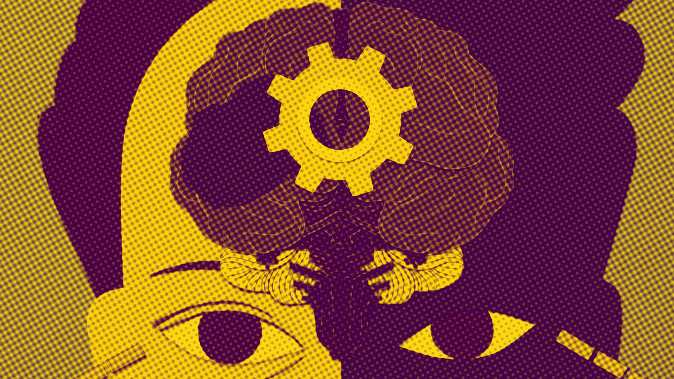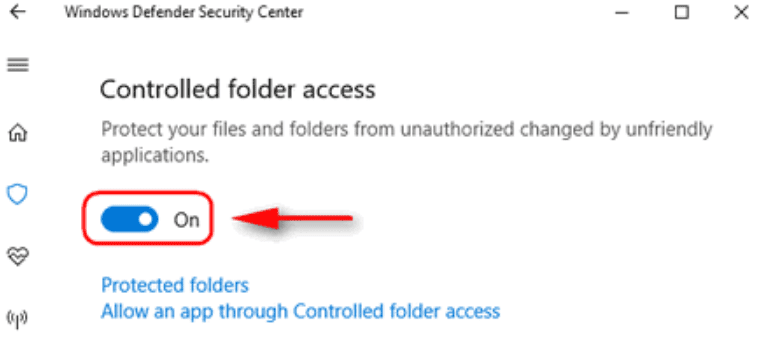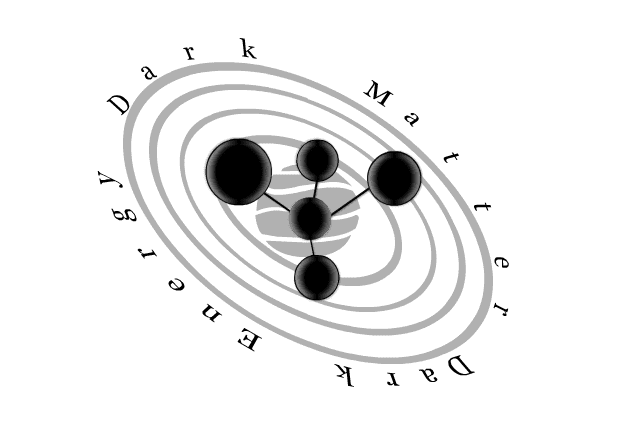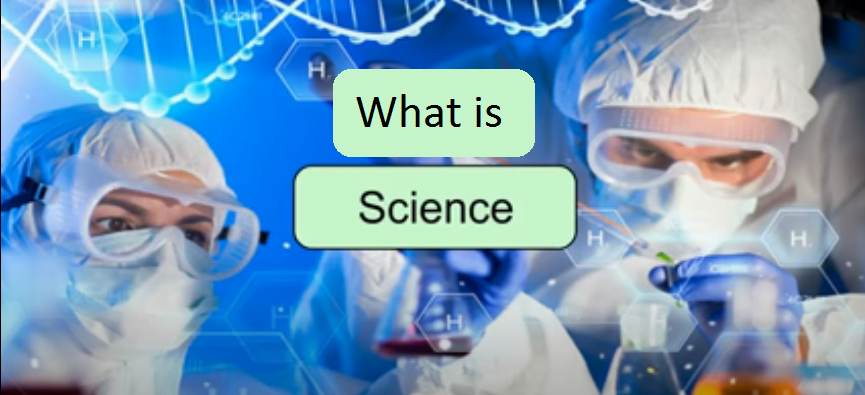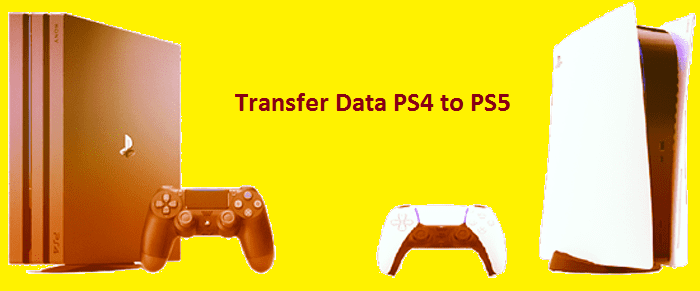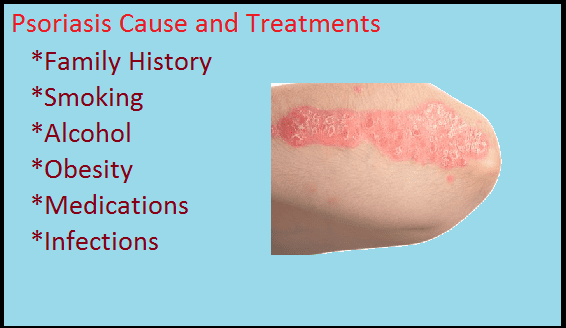Lets Learn about psoriasis. So this will be an primary and an general lesson of different types of Psoriasis. So Psoriasis is a chronic inflammatory skin condition, with well demarcate. Your thymus plaques that have a characteristic silver scale. So what does this mean? So if we were to take a closer view of a psoriasis plaque. It is well demarcated which means it has a clear border. So it goes very much from a red skin tone. So it’s got a well defined border, It’s red, so it’s erythematous. It has a silver scale. If we take a look here, you can see these little scale like portions of the plaque that’s what we call a silver scale and it is a plaque which means it is a raised skin lesion that is bigger than one centimeter. The onset of psoriasis can occur at any rate there are generally two peaks or two times in a person’s life where they’re at higher risk for onset of psoriasis. Its common in ages 30 to 39 and 50 to 69. Now there are a wide variety of risk factors and triggers for psoriasis. One of the major ones is family history or a genetic component.
Risk Factors of Psoriasis
- Family History
- Smoking
- Alcohol
- Obesity
- Medications
- Infections
There are several genes that have been implicated in psoriasis. One of them has to do with the psoriasis susceptibility one locus on a major histocompatibility complex gene on chromosome 6p21. So the PSOR1 locus otherwise include the HLACW6, which seems to be related more to an early onset type of psoriasis or other genes that have also been implicated. Specific interleukin genes like IL12, IL 23 but these are some of the major ones here. Another risk factor for psoriasis is smoking, Increase in alcohol consumption is also linked to a onset or a triggering or worsening of the psoriasis condition. Obesity is also a possibility, as well as certain medications. Medications include beta blockers, lithium in Chloroquine. So some other anti malarial medications as well and some infections have also been shown to trigger psoriasis or to be involved in worsening of the steroid condition. These include having an acute streptococcal infection. So post streptococcal period are at a higher risk for developing a certain type of psoriasis. We’ll talk a little bit later about and also having HIV.
Different Types of Psoriasis
So we’re going to talk about 6 different types of psoriasis.
- Plaque Psoriasis
- Guttate Psoriasis
- Pustular Psoriasis
- Erythrodermic Psoriasis
- Inverse Psoriasis
- Nail Psoriasis
Plaque Psoriasis
The first one we’re talking about is plaque psoriasis. Plaque Psoriasis is the most common type of psoriasis. It has a symmetrical distribution. If you see it on one area on one arm. You’ll generally see it on and same area on the other arm. The most common places where plaque psoriasis occurs include the scalp, the knees, extensor surfaces of the elbows and the gluteal cleft. This condition is generally worsened winter is due to the dryness of the air, lack of sunlight. Those types of things can worsen this condition. It has what we call the AUSPITZ sign. The Auspitz sign is when a little bit of silver scale is removed or some mighty bleeding that’s what the Auspitz sign is. So Plaques rise is very easy to remember. It’s generally a classic erythematous well demarcated plaque with a silver scale.
Guttate Psoriasis
The next condition we’re going to talk about is the Guttate Psoriasis. The crop like psoriasis some very small acute eruptions, smaller size plaques preceded by generally a streptococcal infection. Again these lesions are smaller than one centimeter in diameter and the generally occurs on the trunk and approximately extremity.So way to remember that Guttates rise is this may be a funny way to remember it. But it may be help you think about falling into a gutter. So if you were to fall into a gutter you’re generally going to fall onto your trunk or your arm and think about, if there’s water in the gutter. You fall into the gutter, it’s going to splash up onto you. You’re gonna get droplets of water on you and that’s generally how it presents new droplets of skin lesions. Those little lesions less than one centimeter in diameter. Hopefully that helps you remember it.
Pustular Psoriasis
Another type of psoriasis is the Pustular Psoriasis. The pustular psoriasis is a possibly life threatening type of psoriasis. It normally has a sudden onset and is linked with leukocytosis, malaise fever hypocalcemia and it’s a couple of different triggers. Interestingly it can be triggered by pregnancy and it can also be triggered by a withdrawal of glucocorticoids. If someone’s taking glucocorticoids they remove them you’re going to have this possible eruption of a pustular psoriasis. This one’s easy to remember it basically presents as many pustules.
Erythrodermic Psoriasis
The next condition is the erythrodermic psoriasis is a head to toe generalized erythema. Generally can affect basically 90% or greater body surface area. So you can think you’re gonna basically be again head to toe your femur and with this one you get to worry about issues with sepsis with fluid loss due to issues with barrier protection. So if you’ve got generalized, if 90% or more of your body surface area is affected by an erythrodermic psoriasis you’re going to have issues with insensible water loss. You could have with infection risk, so you have a higher risk for sepsis. We also get a Desquamative scale. So when the redness you get this scaling appearance like very dry skin and again this also worsens the risk for infection. So in order to remember erythrodermic psoriasis is actually in its name or erythro is red and dermic skin or Erythrodermic. You’re going to have a red in skin. This is a record of like erythrodermic psoriasis.
Inverse Psoriasis
Next one is inverse psoriasis. It occurs in skin folds and it has no visible scaling. It’s called inverse psoriasis because it basically is an inverse or opposite of plaque psoriasis. It doesn’t have a silver scale and it generally occurs in skinfolds. Unlike the other plaques arises what can occur on extensor surfaces. So with this one you can remember it by thinking in verse in skinfolds. It’s just the opposite. It’s an inverse of the plaque psoriasis.
Nail psoriasis
The next condition is Nail psoriasis. The condition is in its name, it affects the nail. It has pitting of the nail if you see a skin condition something with psoriasis with pitting of a nail that is psoriasis. It can proceed or proceed other forms of psoriasis so you might have hitting the nail. But they might not have any other skin manifestations of psoriasis and then eventually they get them or they can have maybe a plaque psoriasis and then develop pitting the nail. It also has associations with psoriatic arthritis. So if you see a patient with arthritis joint symptoms and they also have pitting at the nail most likely they have psoriatic arthritis.
Treatments of Psoriasis
So what are some of the treatments for psoriasis? It based on if the condition is a limited or a severe or systemic condition. If it’s a limited disease on very small area. We generally use topical treatments topical corticosteroids topical ammonia. And so you can use calcitriol or topical retinoid. So again, if it’s limited if there’s very little surface area involve the use topical, if it’s a severe condition if much of the body is being affected or much of the body surface area is being affected Systemic. You want to think about phototherapy retinoids you could think of methotrexate as a possible treatment and even further down the line unlikely to be used but in possible cases where none of these prior treatments have worked. You might want to use biologics. So again, phototherapy, retinoids methotrexate and then way way down the line maybe use biologics, if nothing else works.



